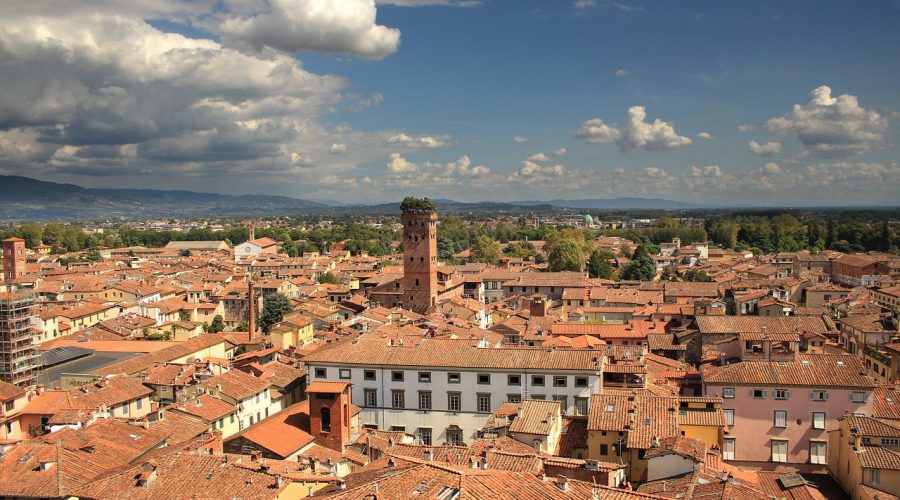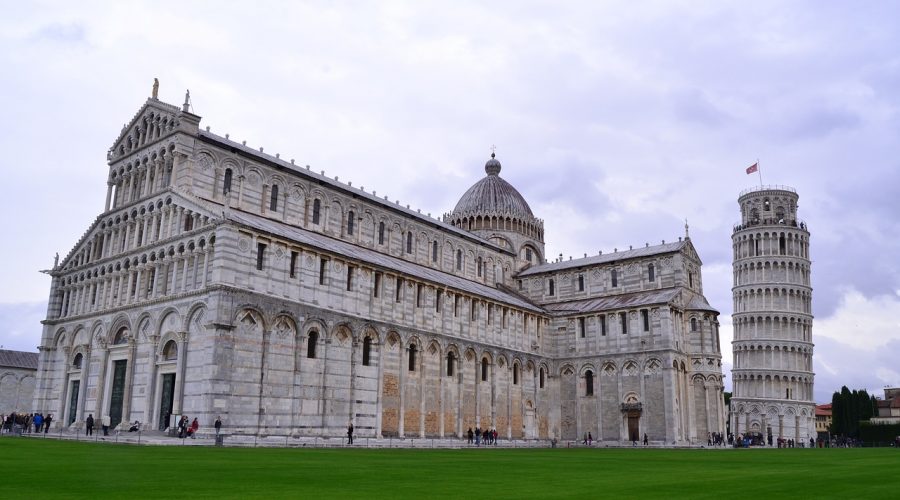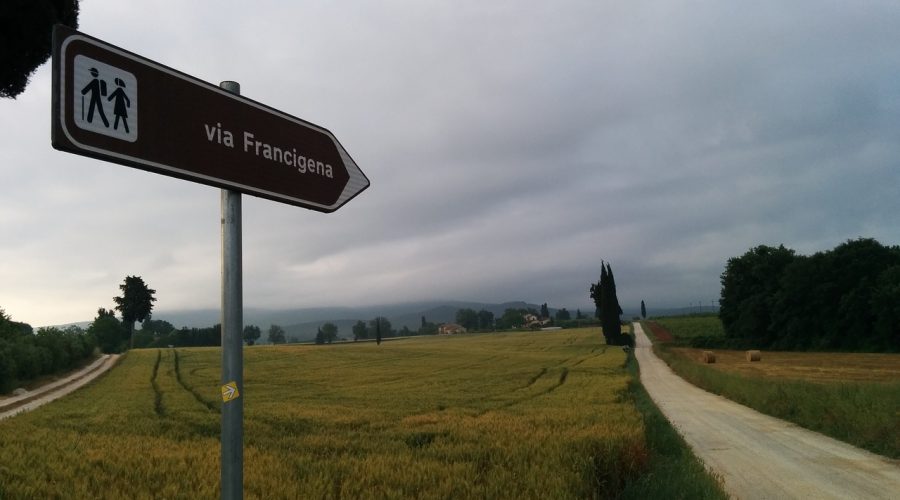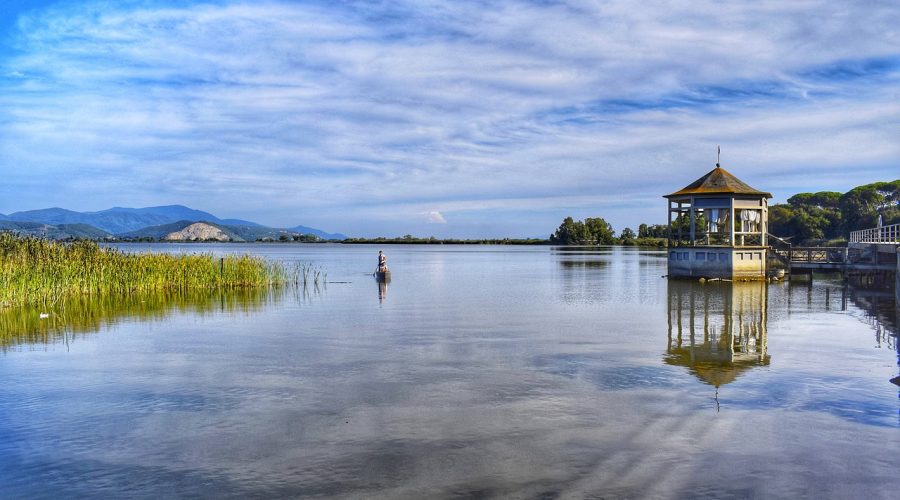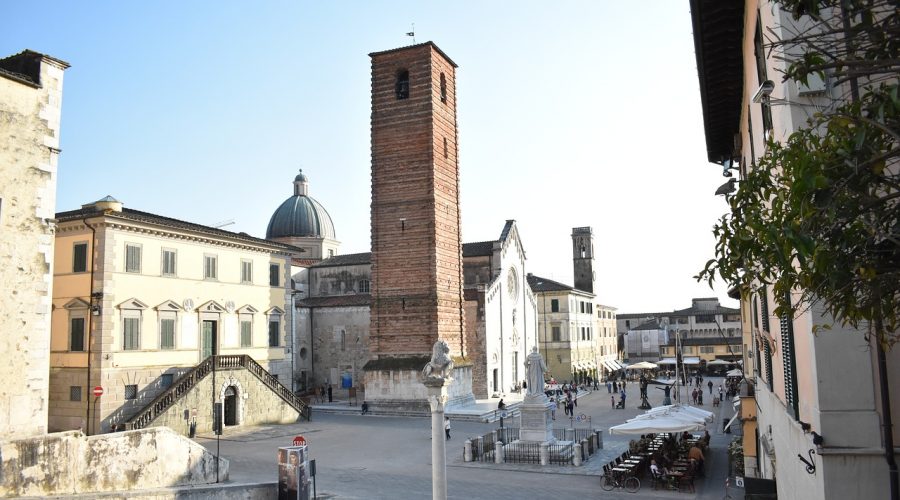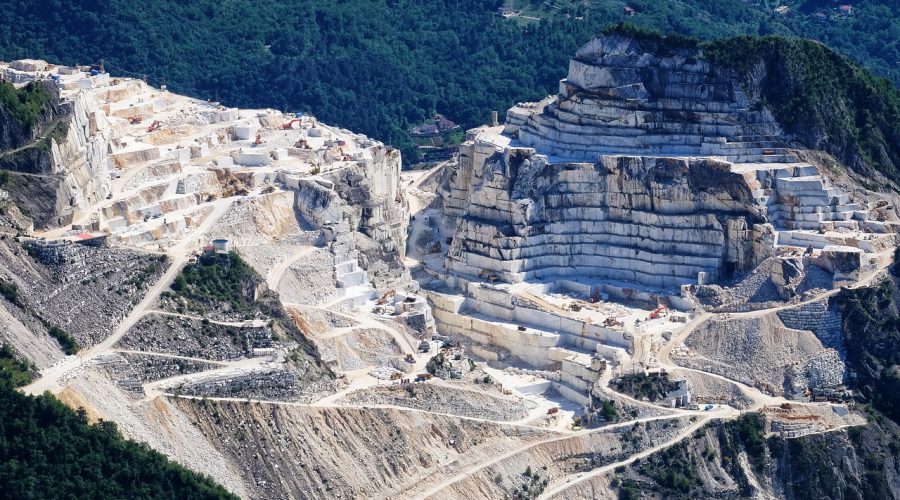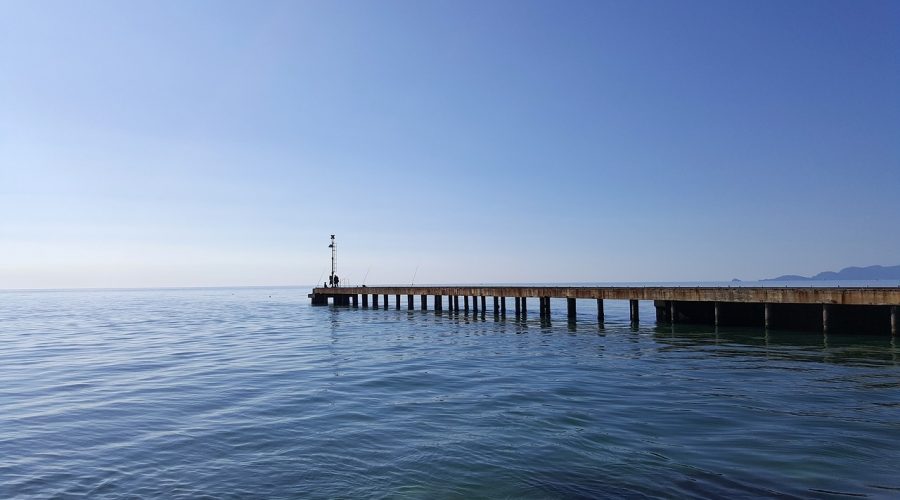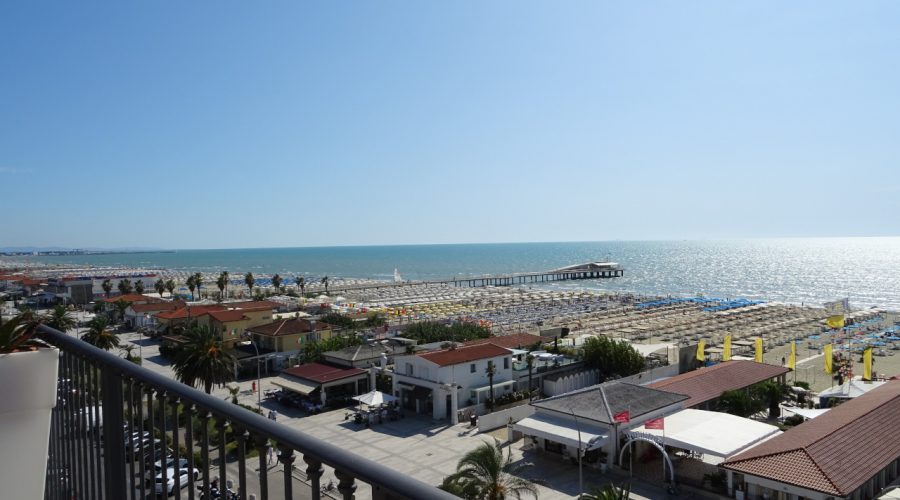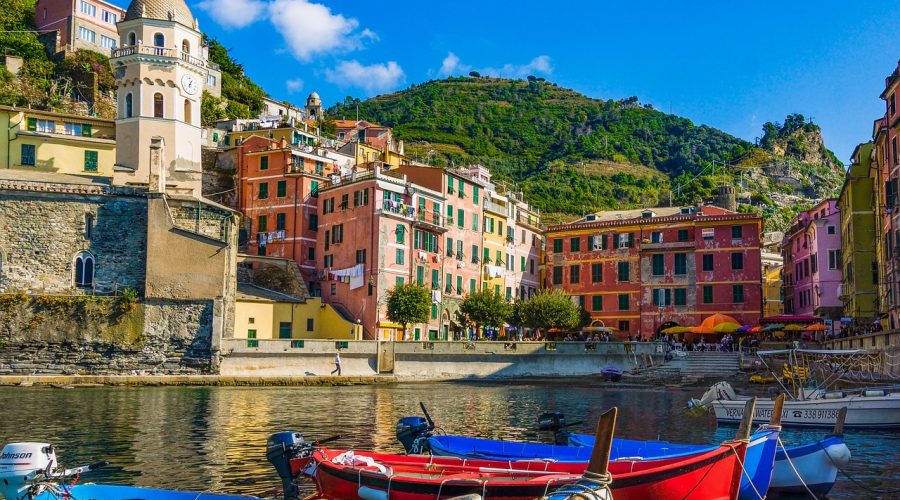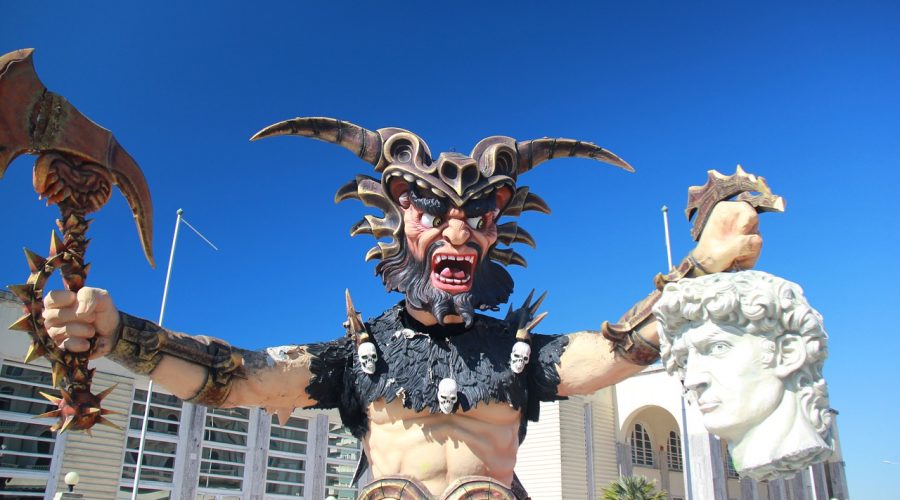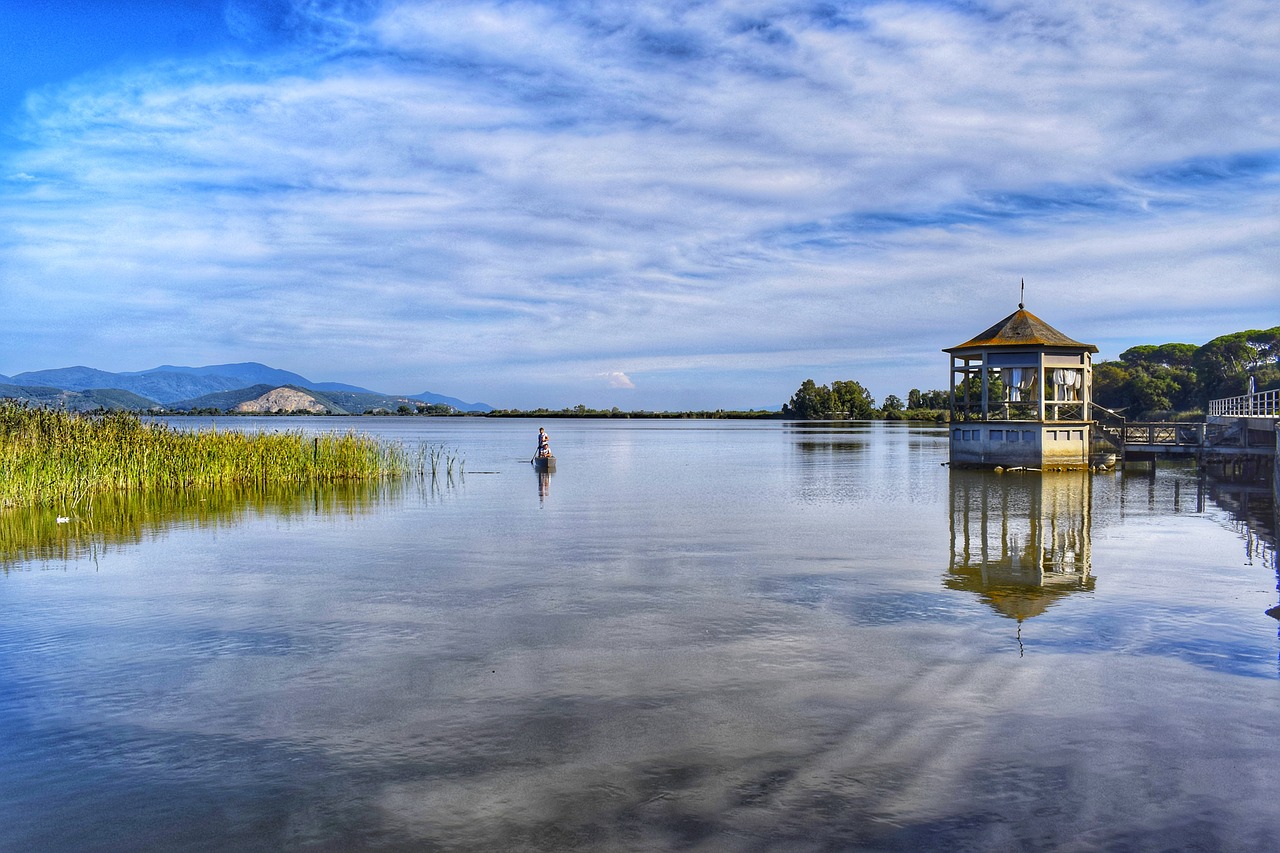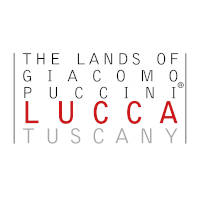Among the most beautiful and loved cities of art in Tuscany. Continue reading
Pisa
Famous for the homonymous leaning tower and the wonderful Piazza dei Miracoli, UNESCO heritage since 1987. Continue reading →
Via Francigena
The Tuscan stretch of the famous pilgrimage route represents approximately 40% of the entire Italian route and 20% of the European route. Continue reading →
Torre del Lago
Torre del Lago, a famous summer tourist destination, thanks to the presence of discos and the Lecciona beach, is the pivot of the “Friendly Versilia” project. Continue reading →
Pietrasanta
Pietrasanta is home to many monuments such as: the cathedral of San Martino, the church suspended to the cult of Sant’Agostino, the Torre delle Ore and the municipal theater. Continue reading →
Massa Carrara
Located at the crossroads of wonderful tourist destinations such as the Gulf of Poets, the Cinque Terre and the numerous Tuscan cities of art. Continue reading →
Forte dei Marmi
Forte dei Marmi is a well-known seaside holiday resort, with numerous clubs, discos and the like. Continue reading →
Lido di Camaiore
Lido di Camaiore is one of the most famous seaside holiday resorts in Italy with more than four kilometers of beach Continue reading →
Cinque Terre
Among the most popular destinations just outside the borders of Tuscany are the Cinque Terre: Riomaggiore, Vernazza, Manarola, Monterosso and Corniglia.
These characteristic villages offer a unique and enchanting glimpse of the Italian coast with their beautiful pastel-colored houses that directly overlook the sea.
Clinging to a cliff overlooking the sea, these villages are part of a National Park, a World Heritage Site protected by Unesco since 1997.
Among the many natural itineraries to follow in the Cinque Terre, all splendidly panoramic, the Via dell’Amore, 1km that connects Riomaggiore to Manarola, part of the Blue Path that unites all the villages of the Cinque Terre, is one of the most famous.
Viareggio Carnival
Among the best known carnivals in Italy, its origin dates back to the late 1800s. Continue reading →

